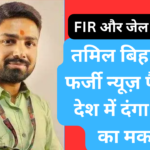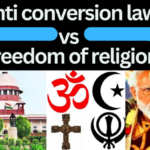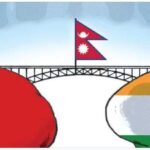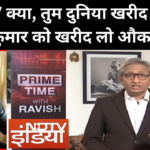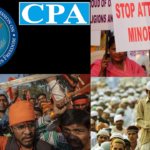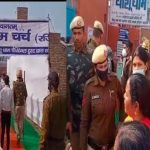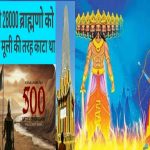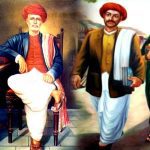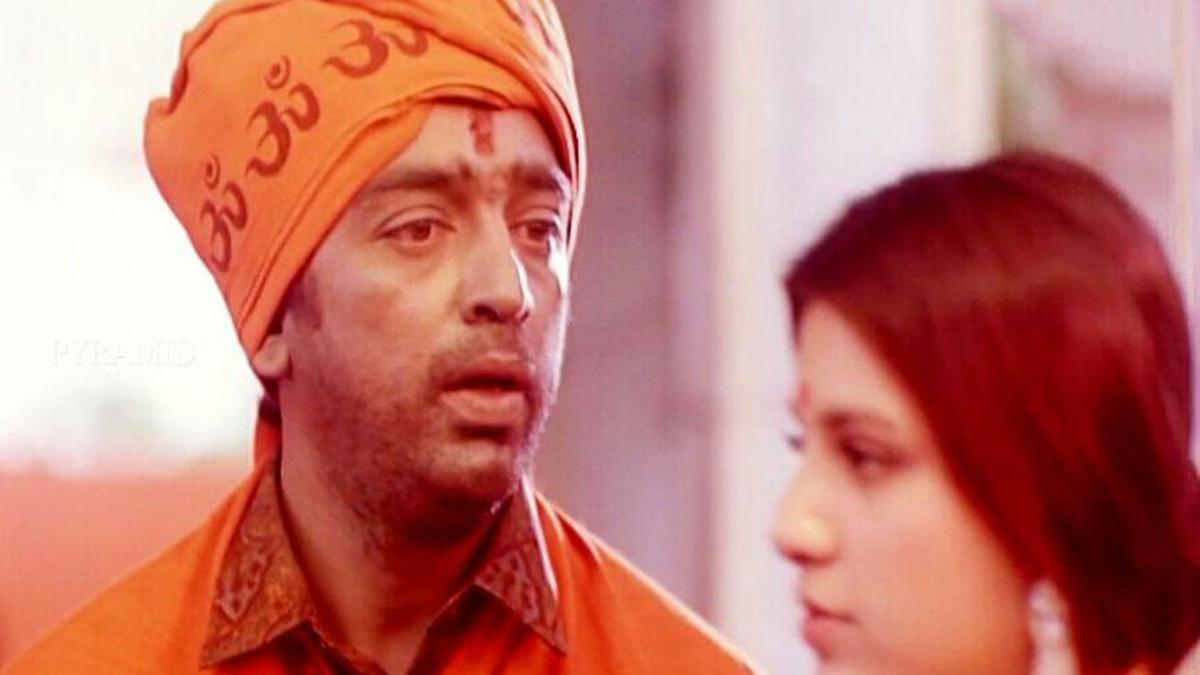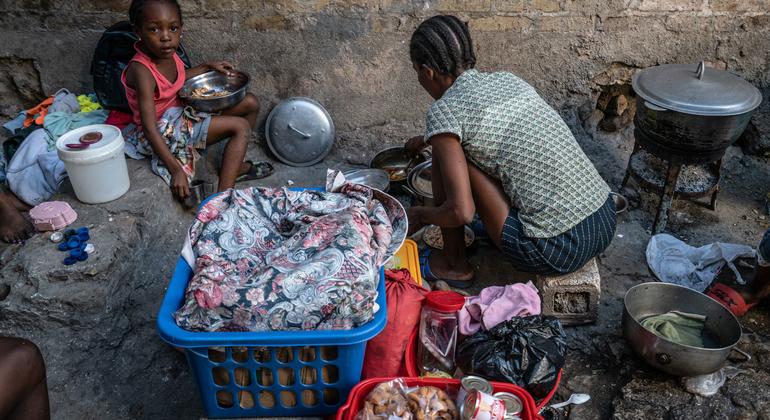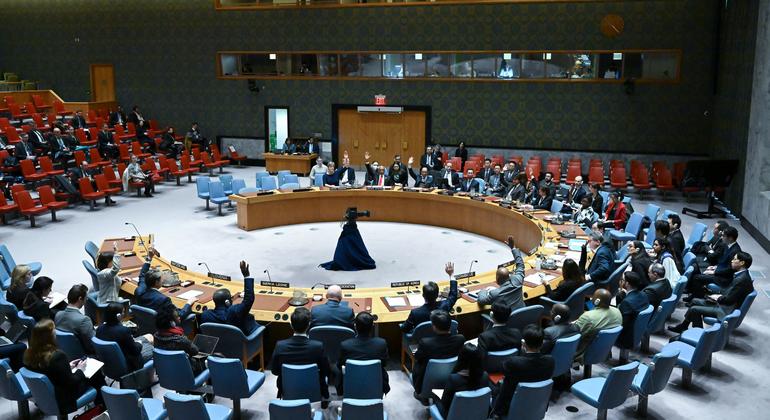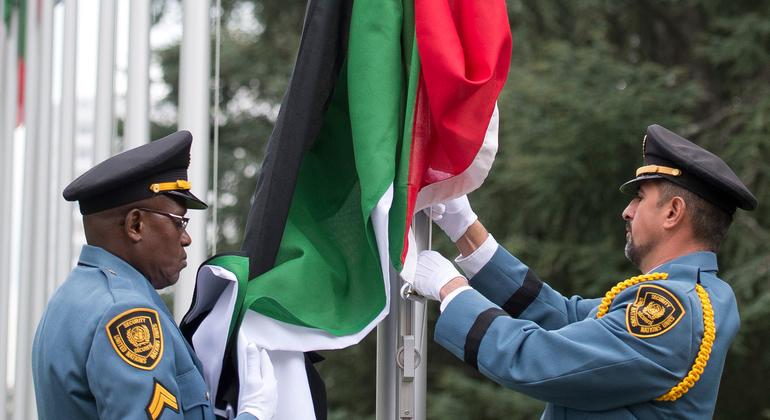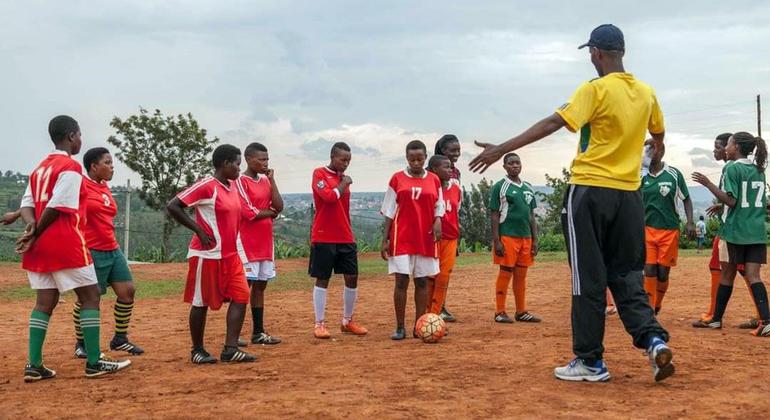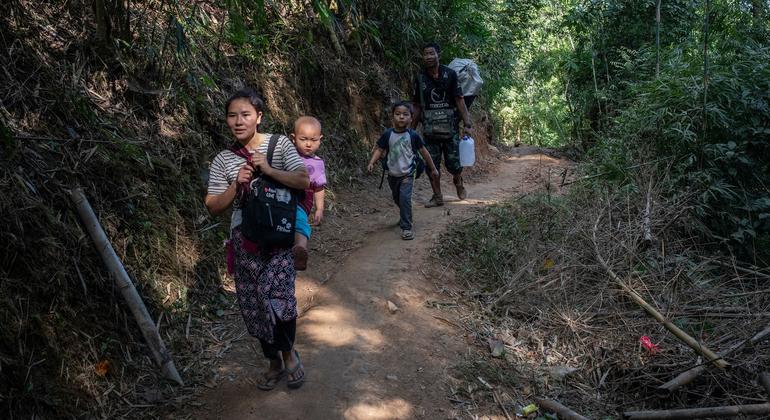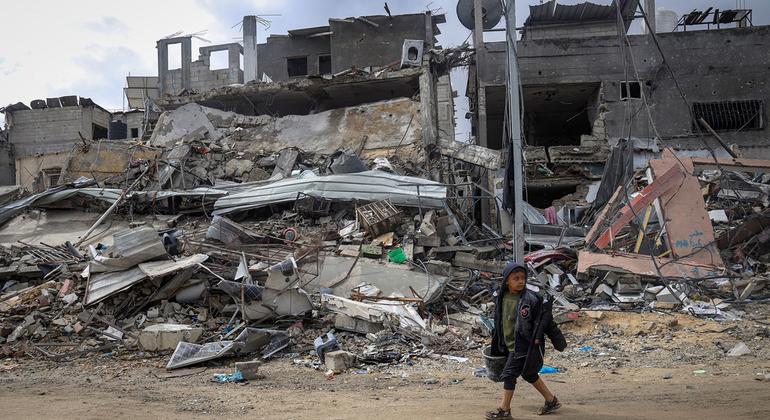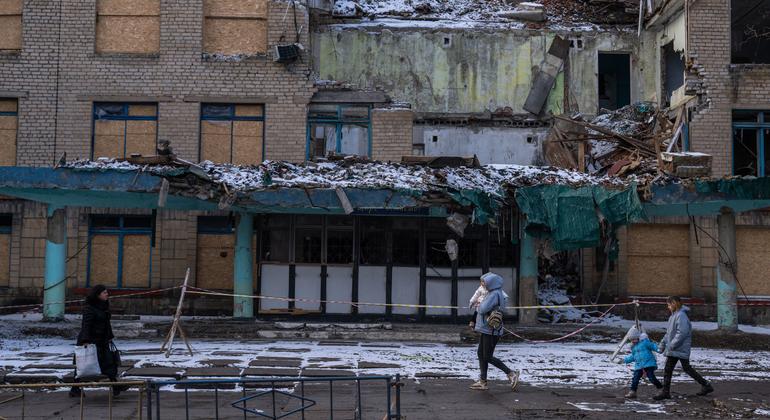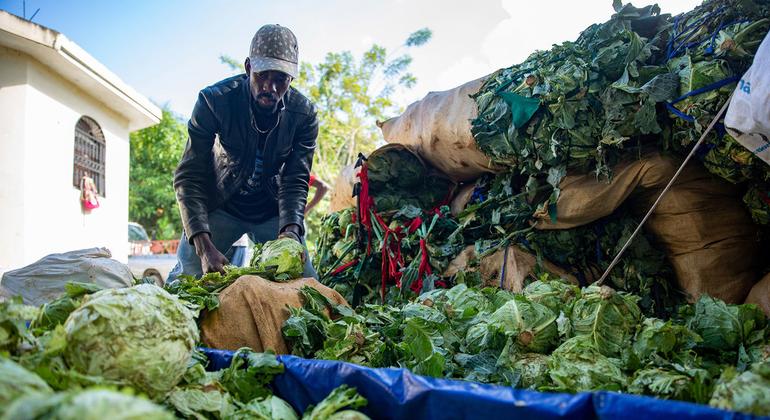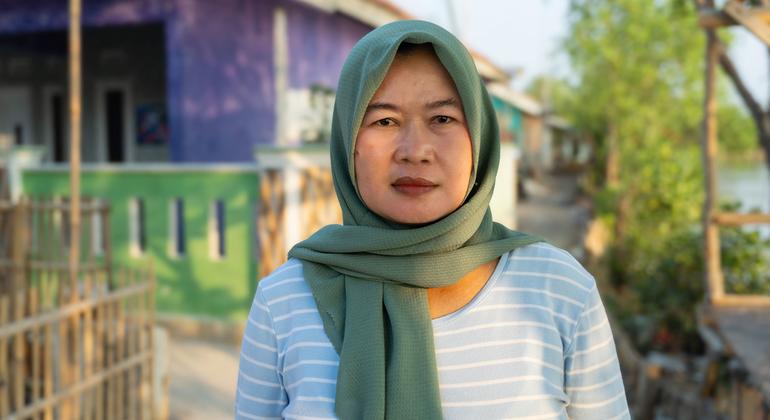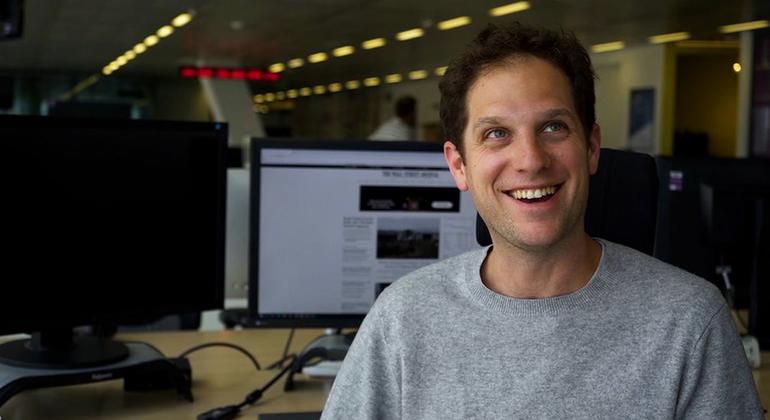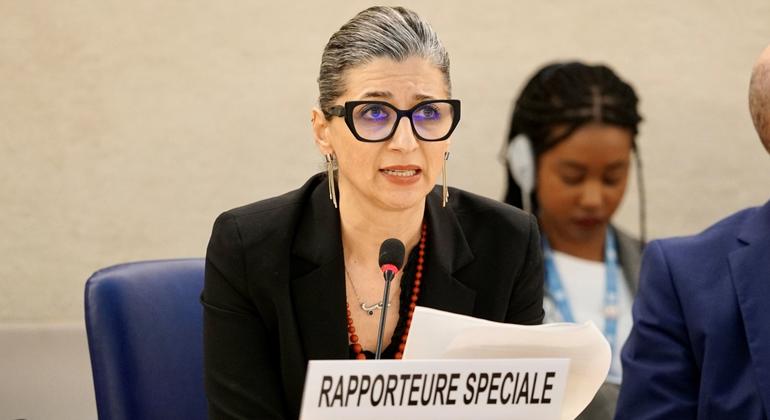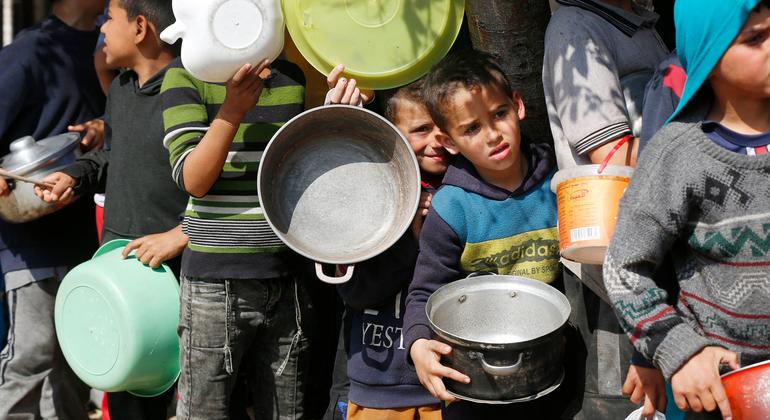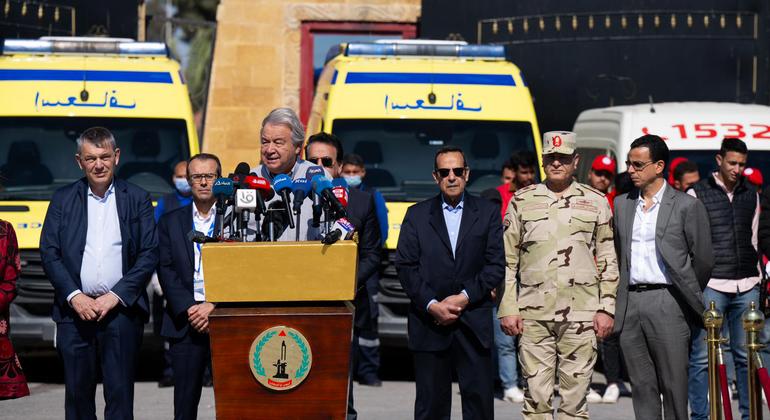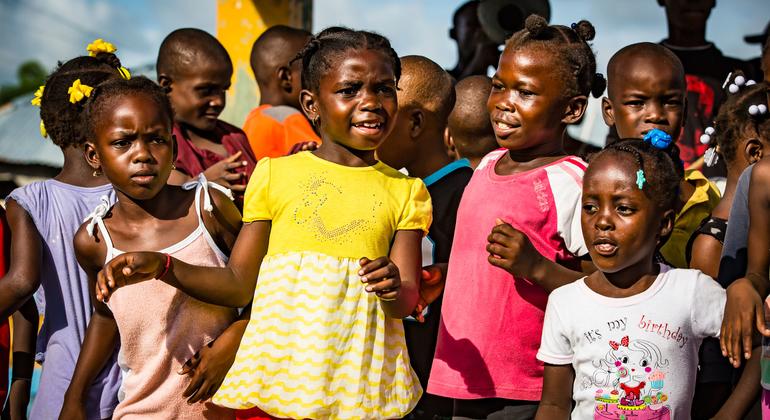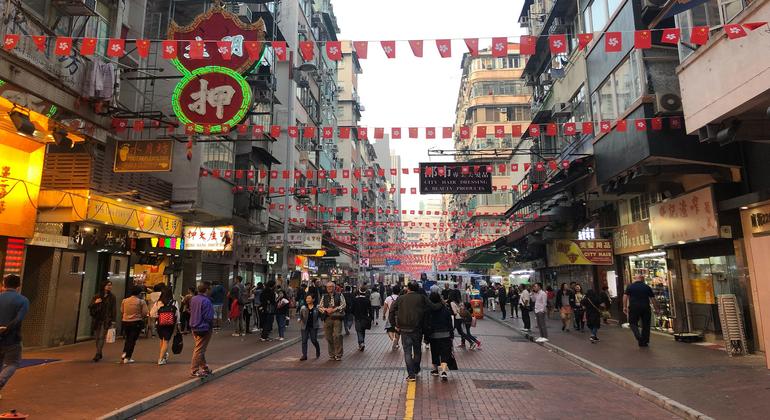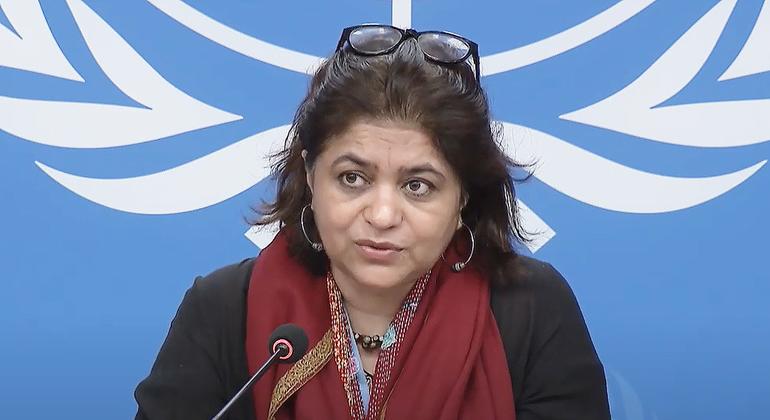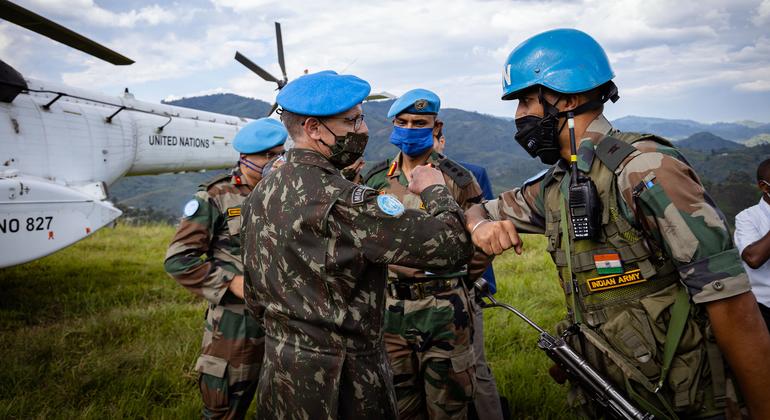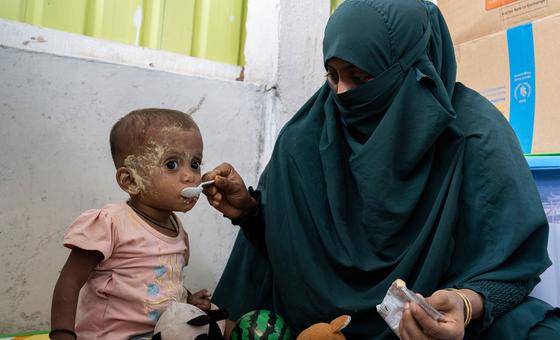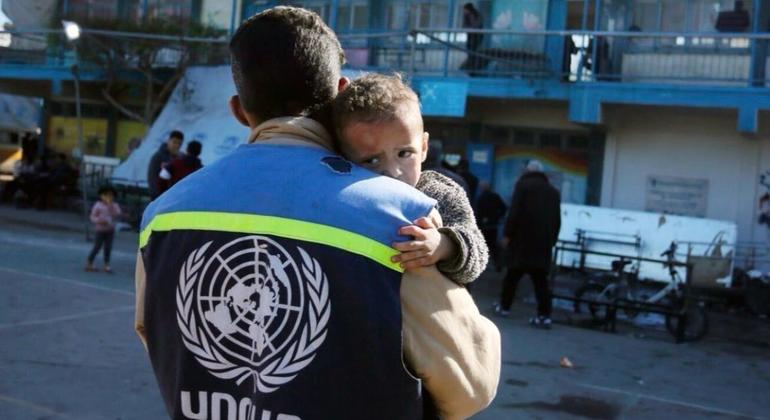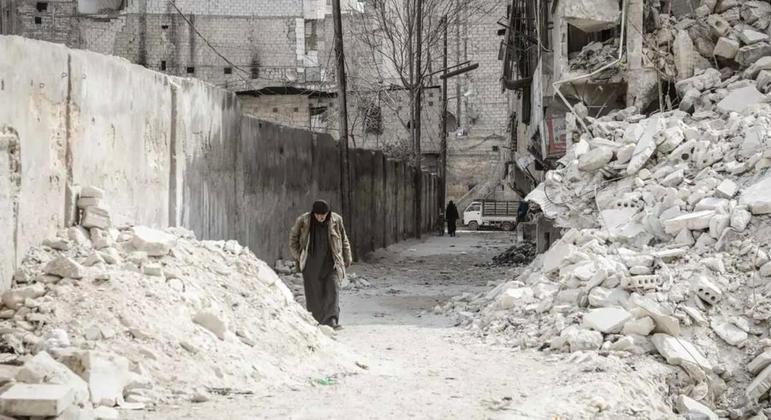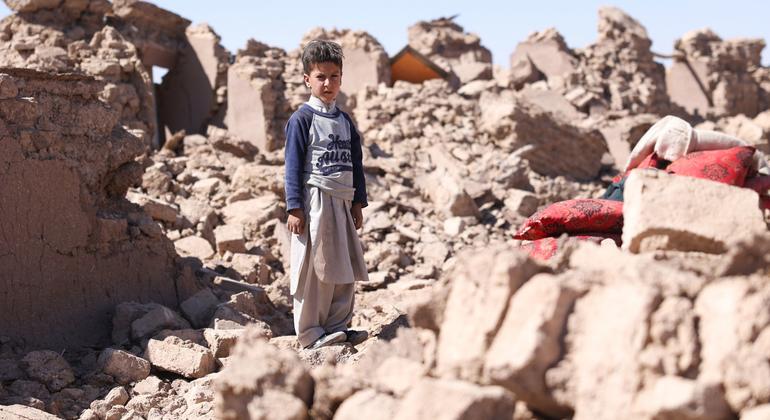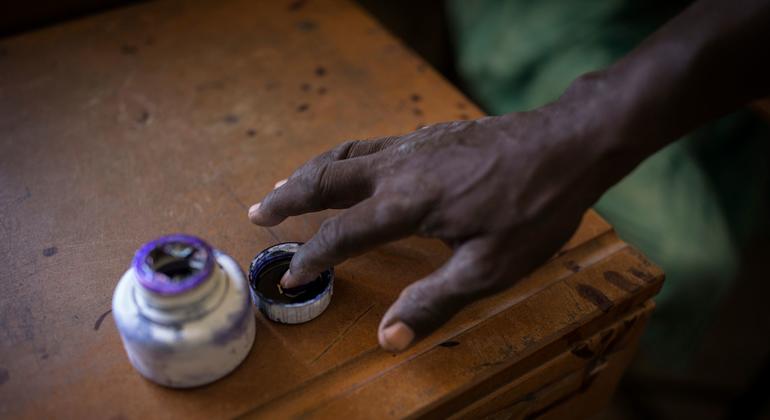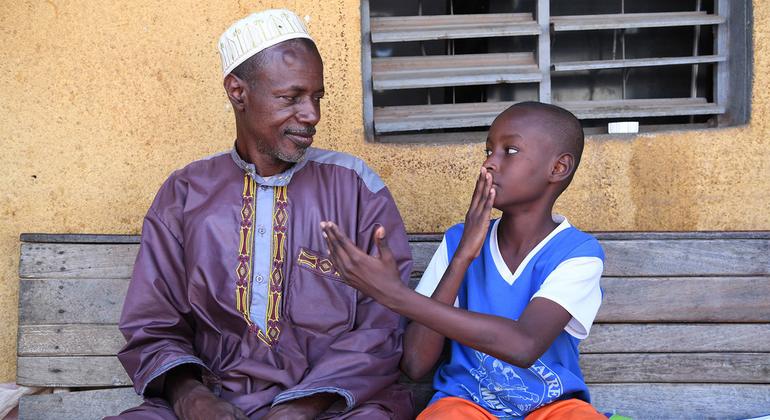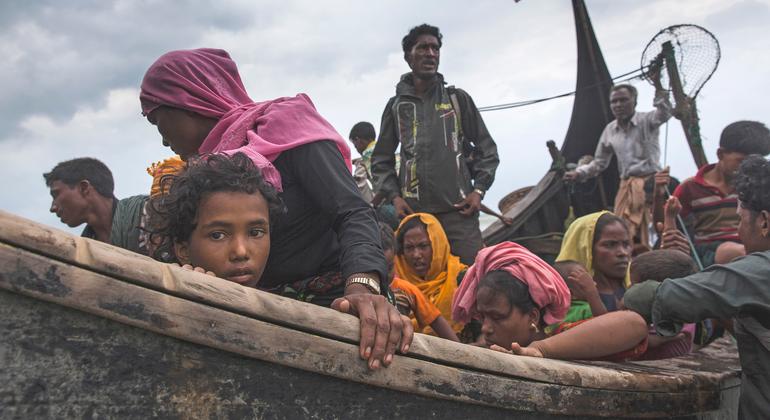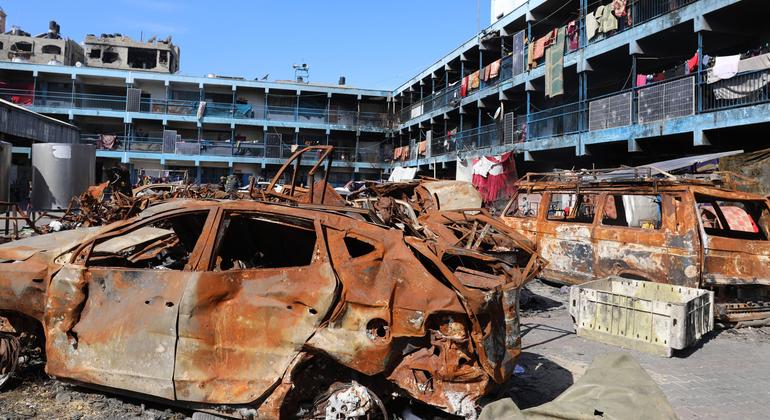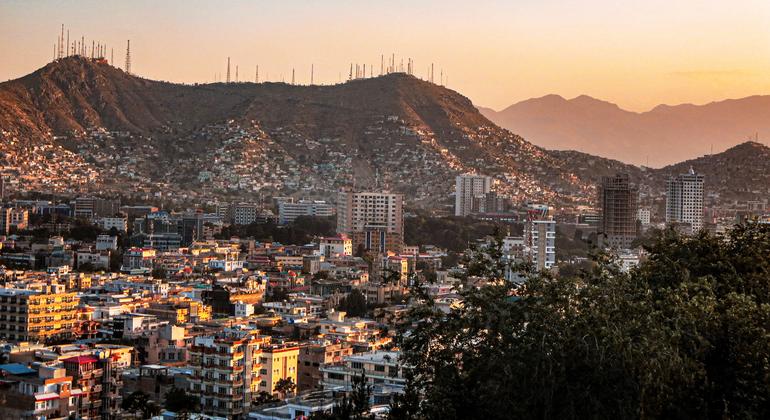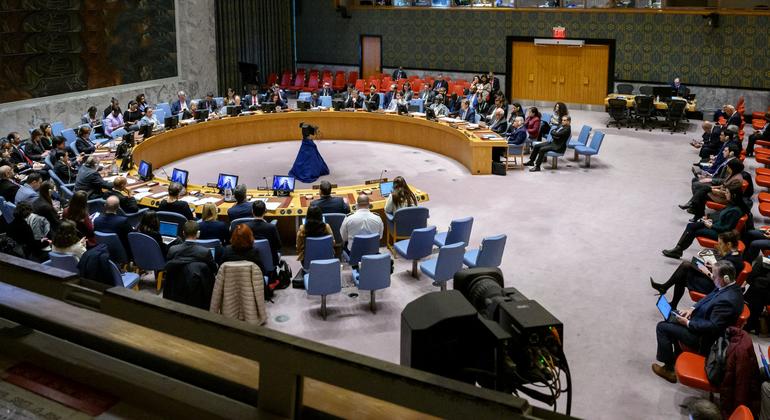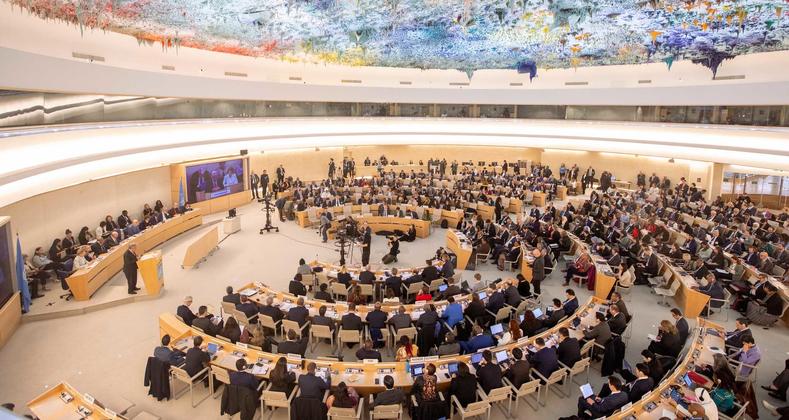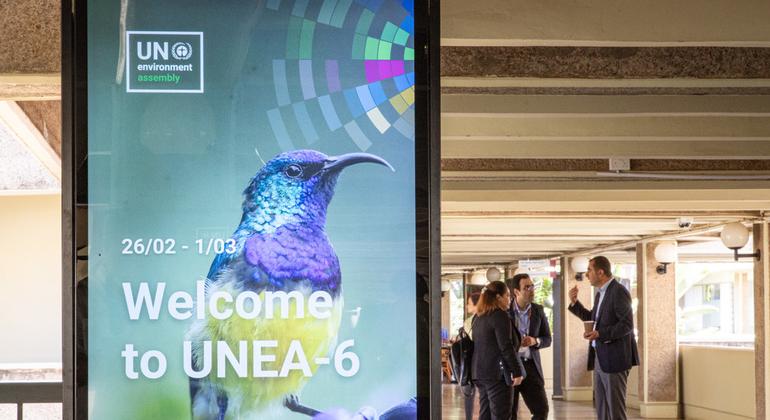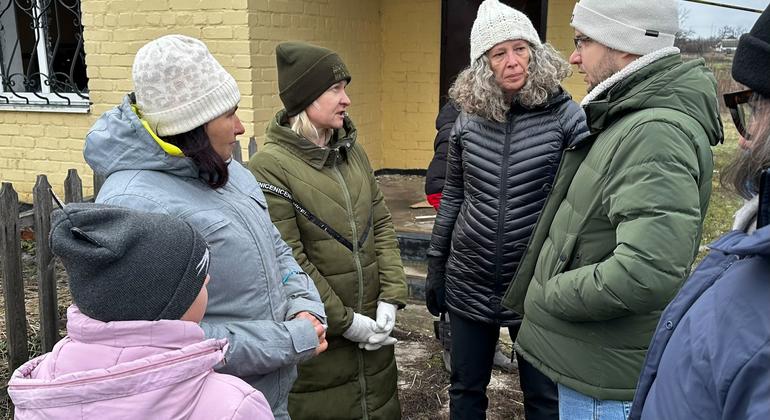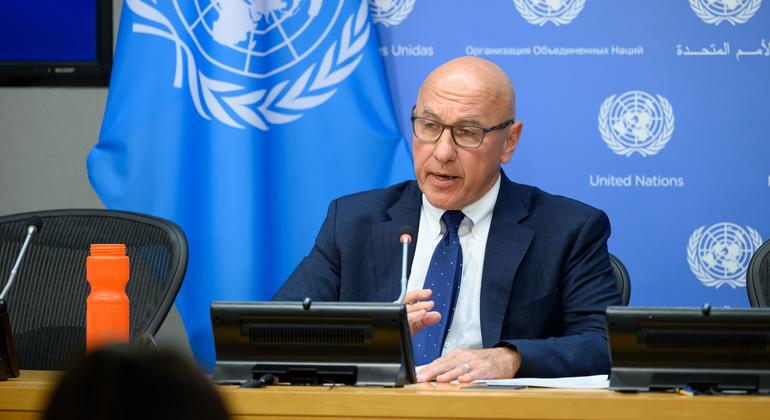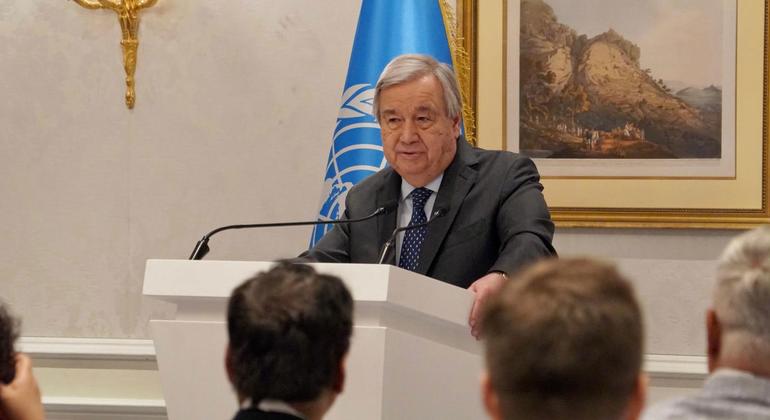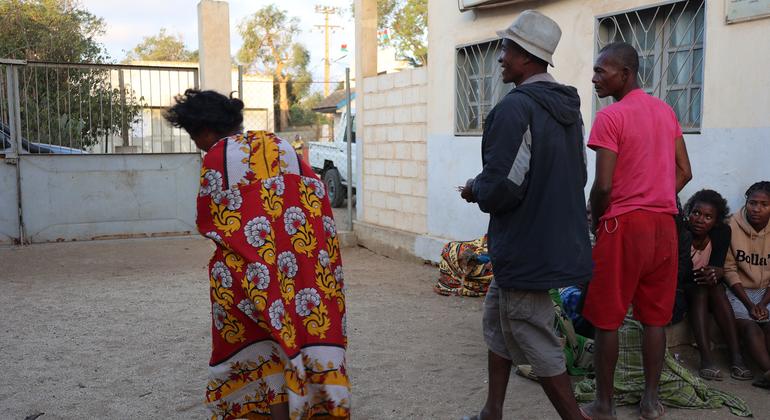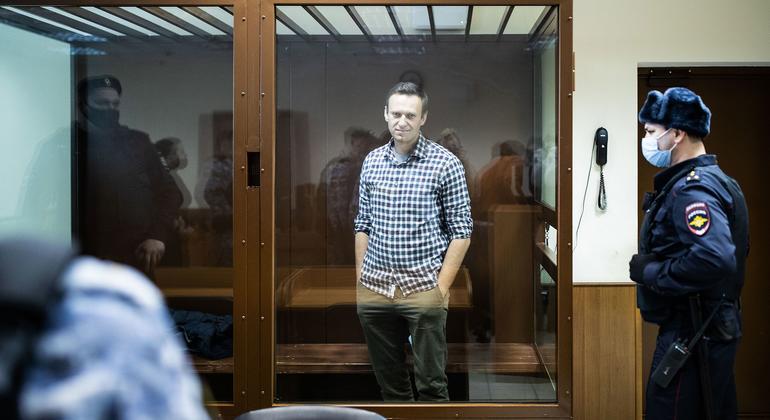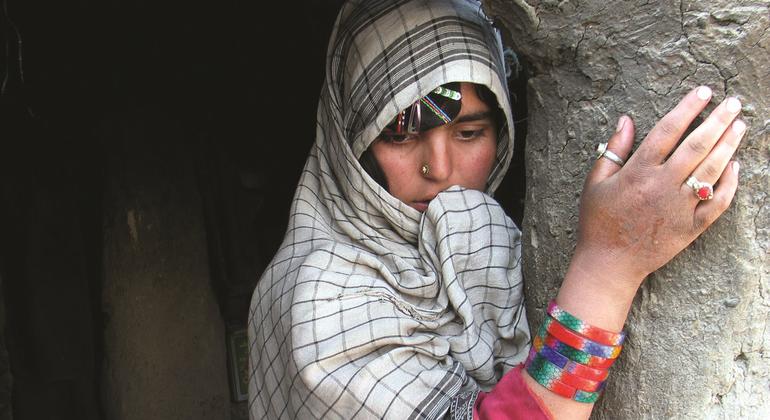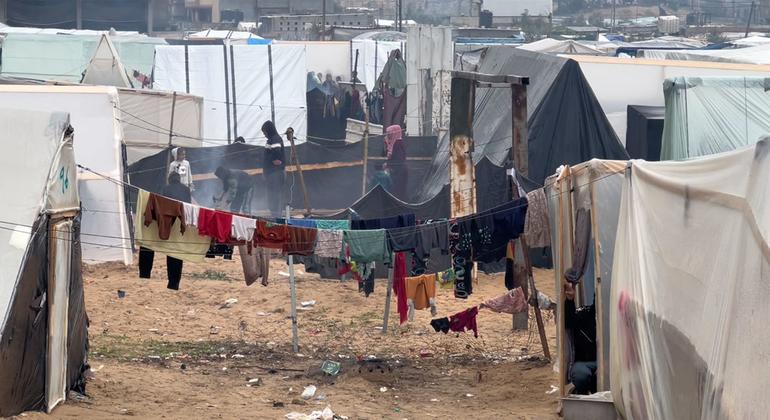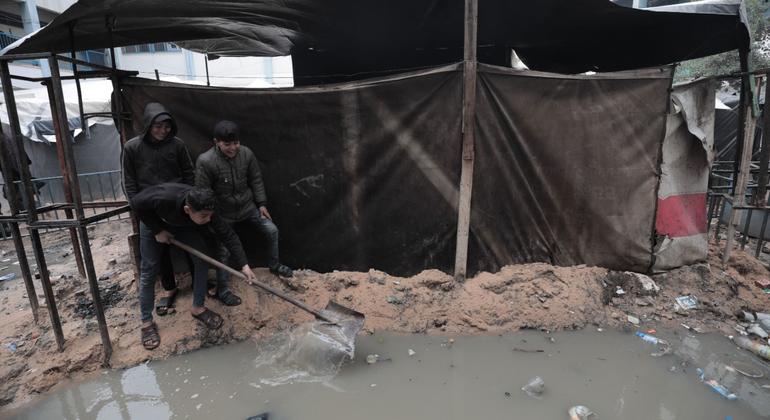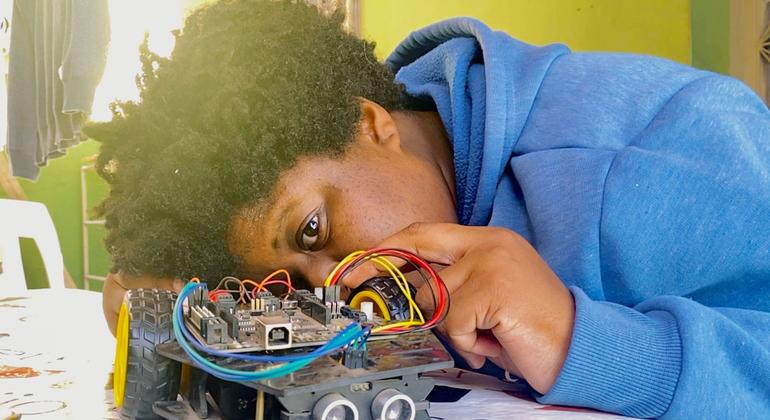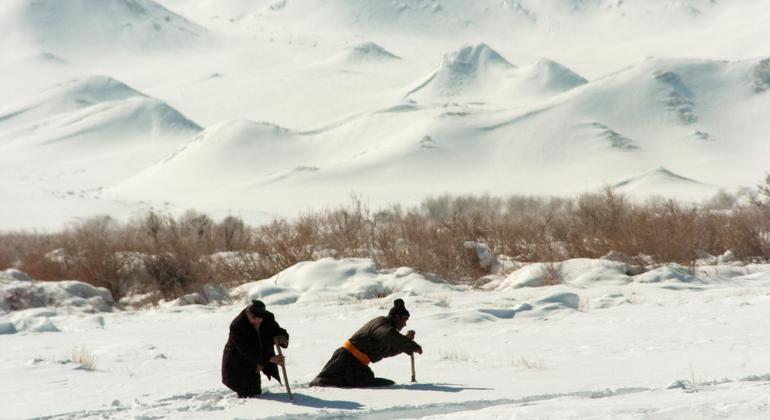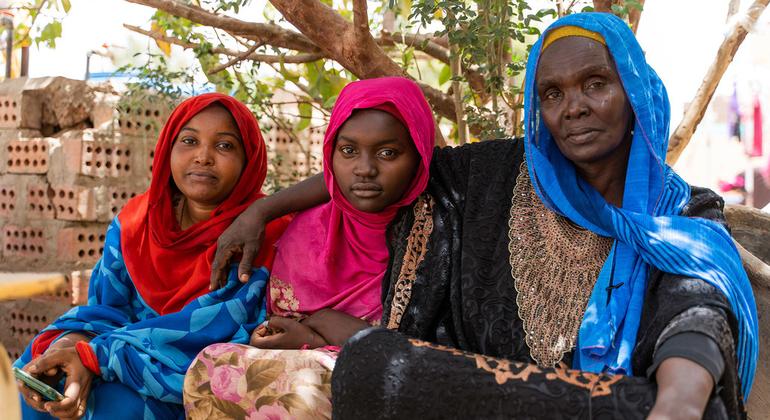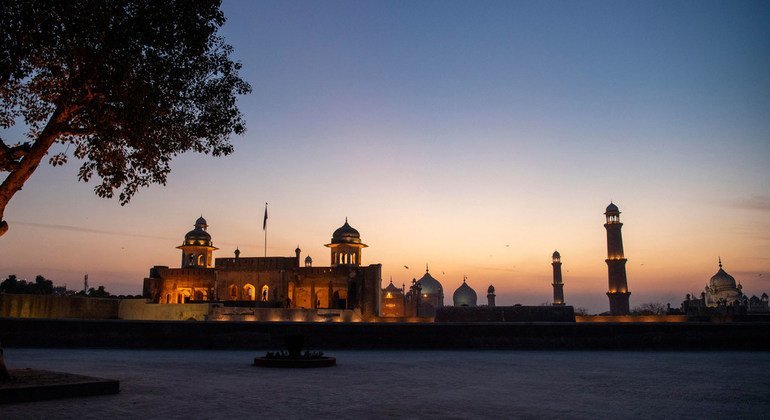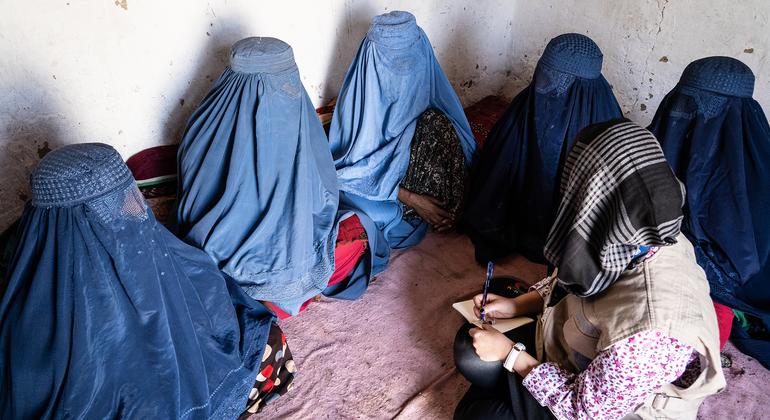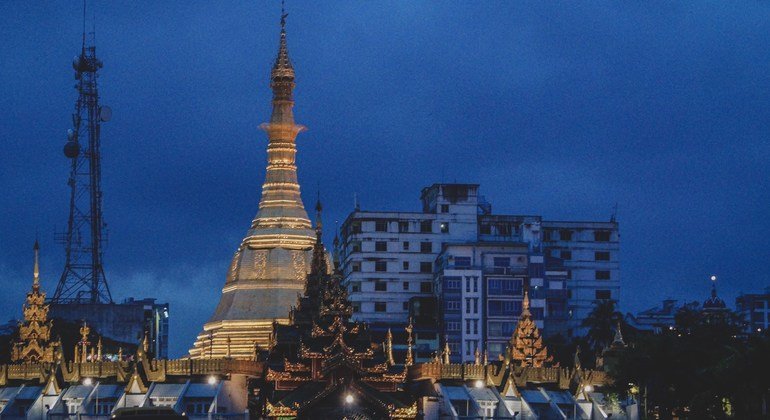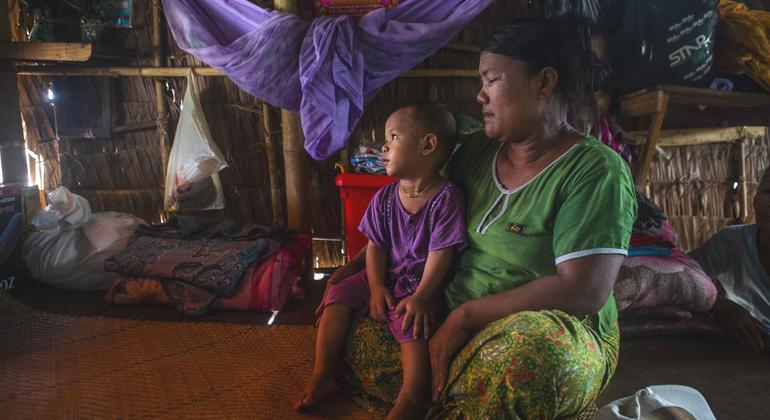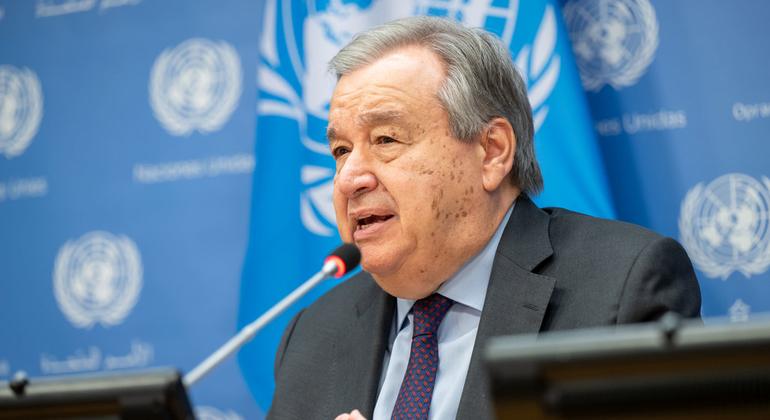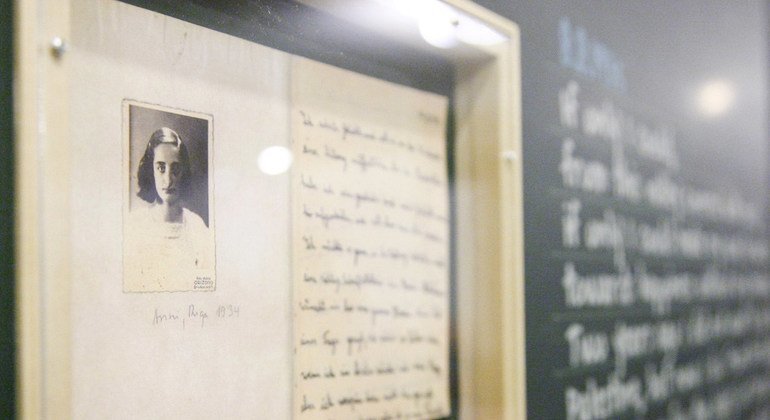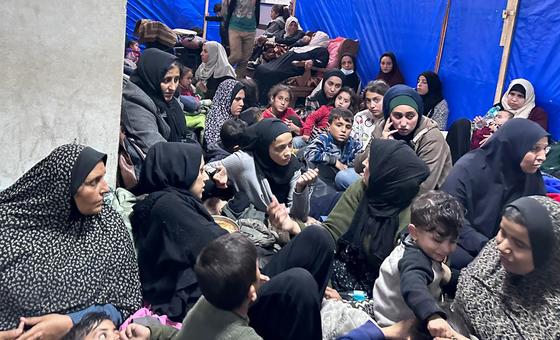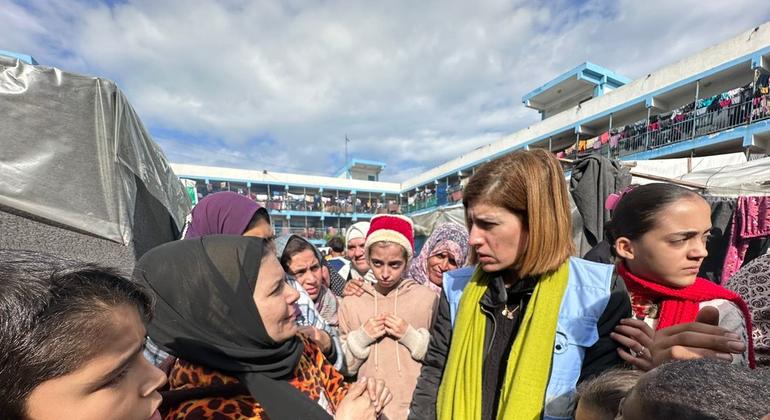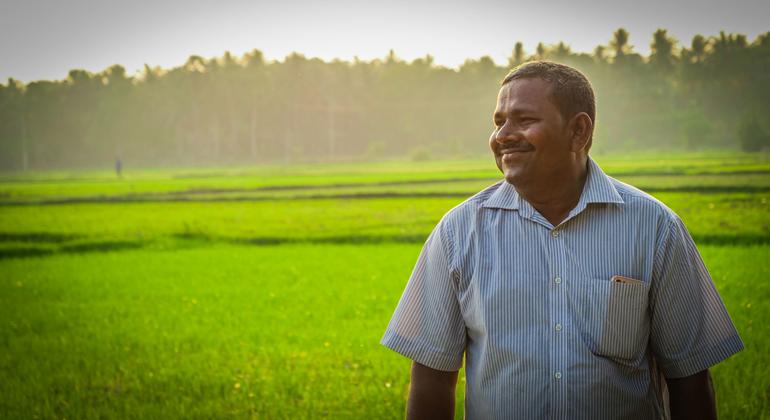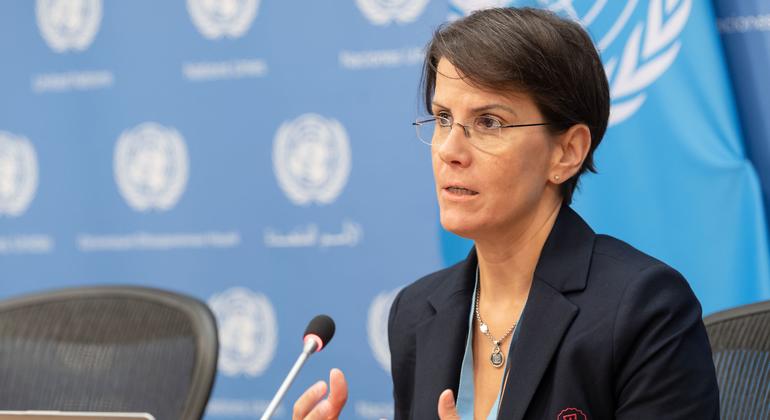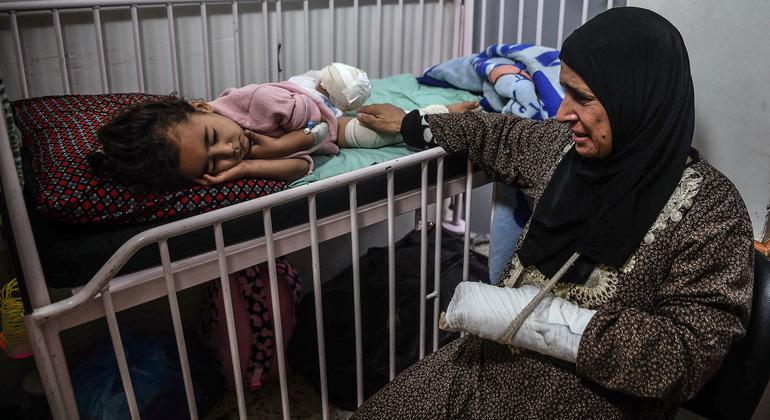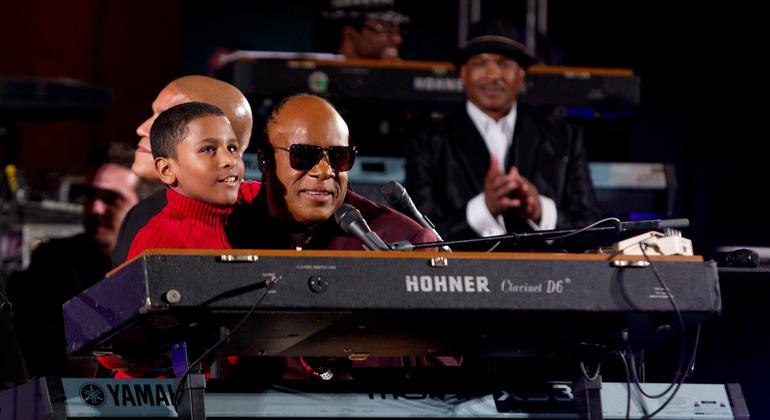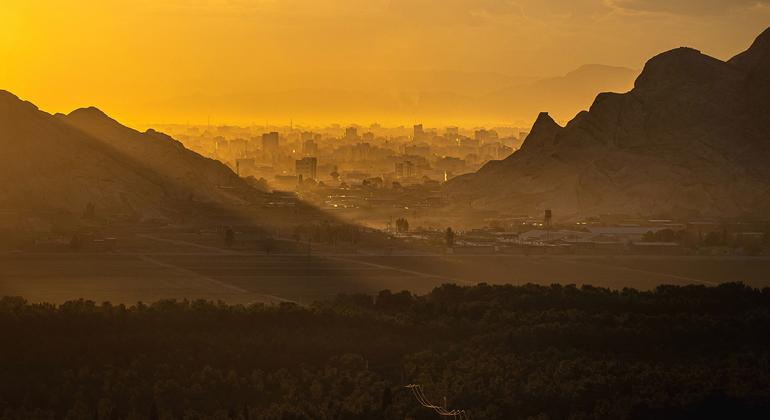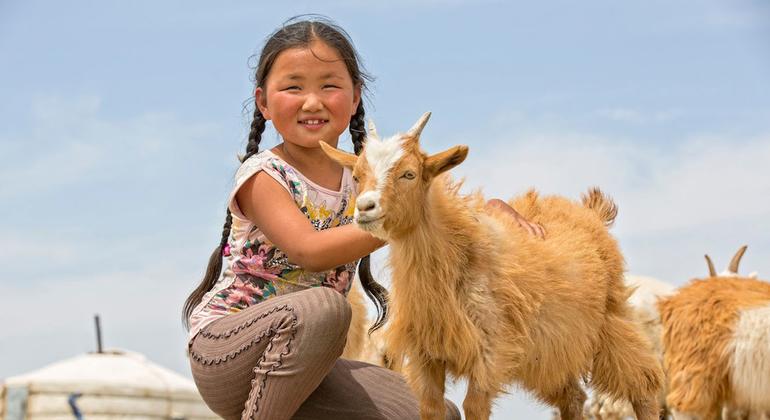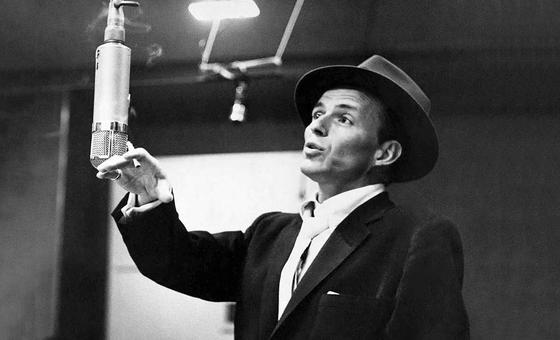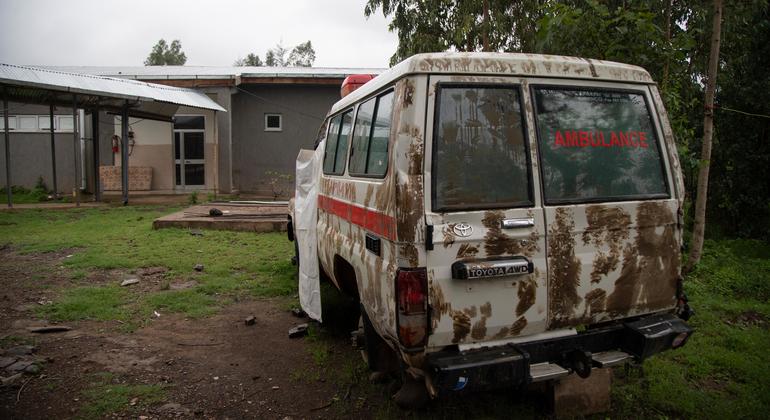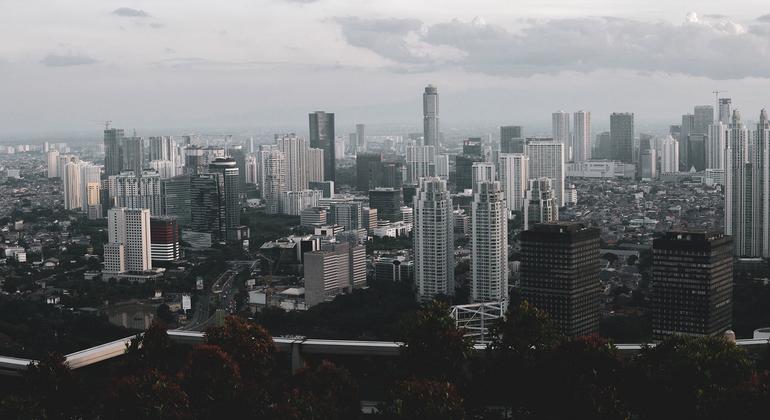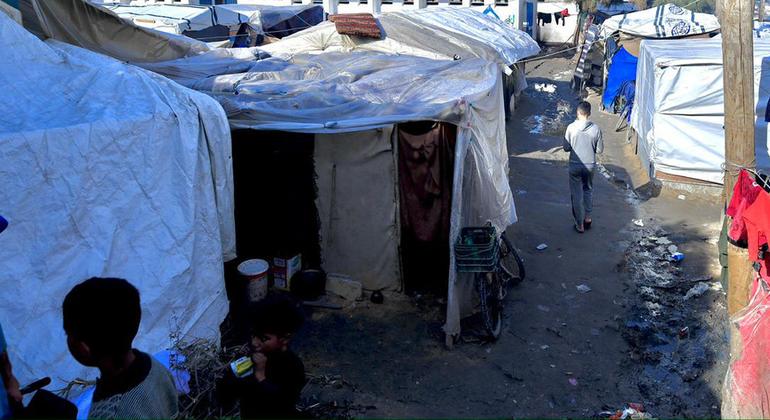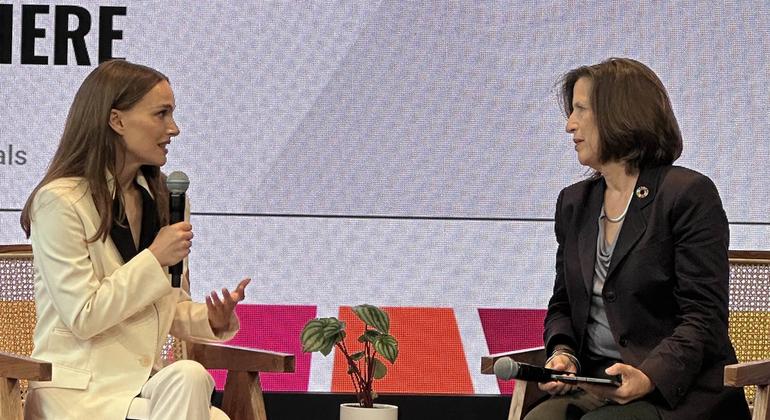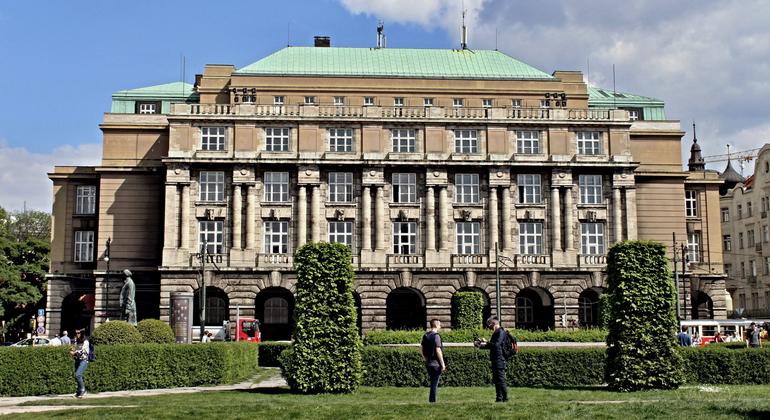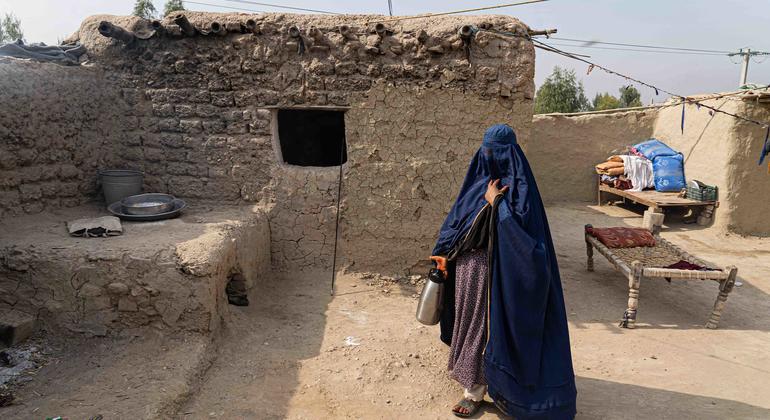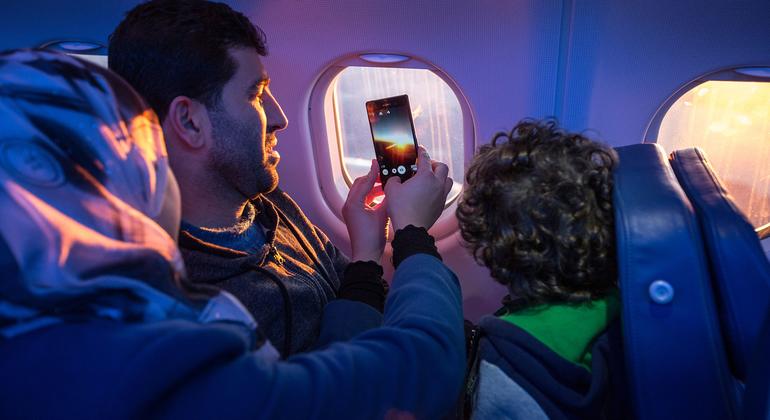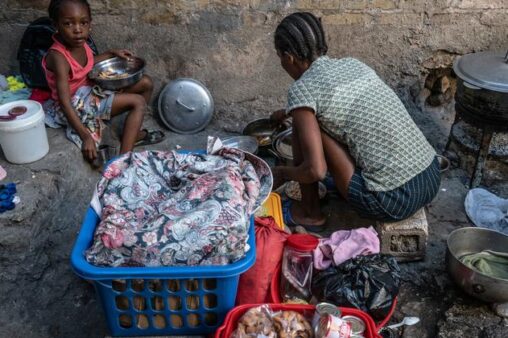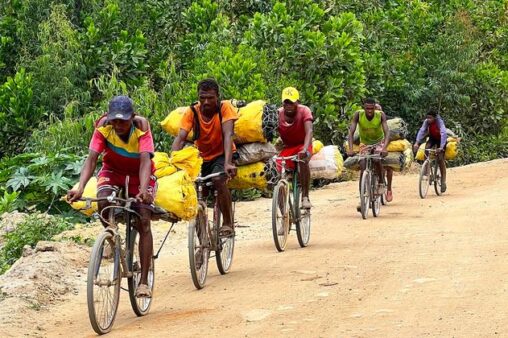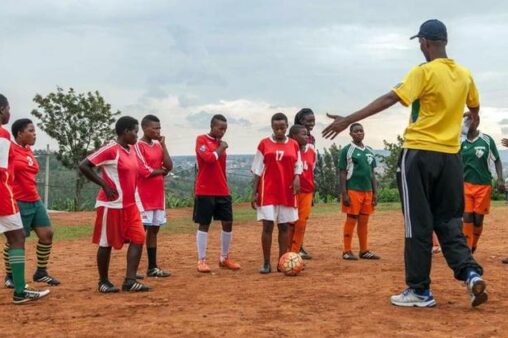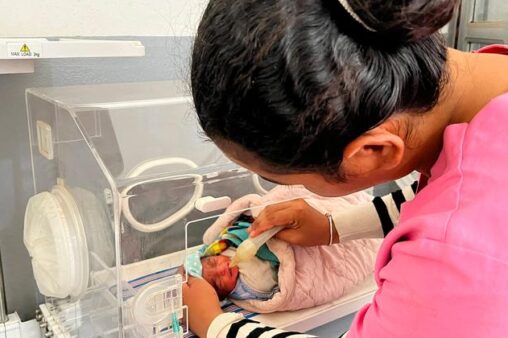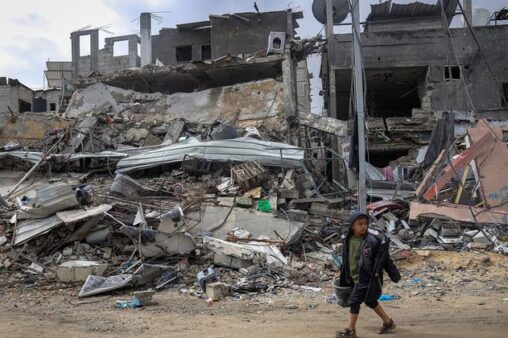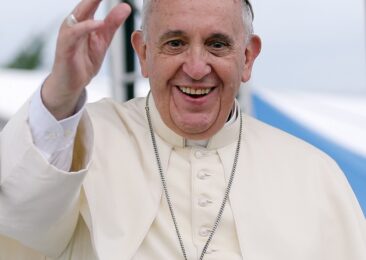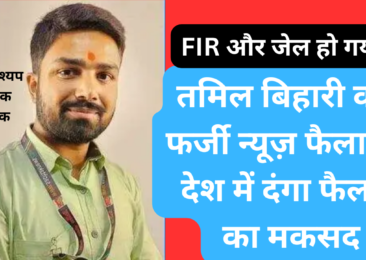The Manjummel Boys effect: How Kamal Haasan’s ‘Gunaa’ has stood the test of time
It certainly seems impossible to scroll through Instagram without seeing a reel video carrying the ‘Kanmani Anbodu’ track from the Tamil film Gunaa. Unless you were living under the gigantic rocks of Guna Caves, you are likely to know that the placement of the track in the sensational Malayalam hit Manjummel Boys. — which is about a tragedy that befalls a group of friends visiting the Guna Caves — has brought back the 1991 Kamal Haasan starrer to the centre of attention. But ask the cinephiles and they will vouch for how Gunaa, which was criminally under-appreciated during its release, has always been a cult classic set in stone.

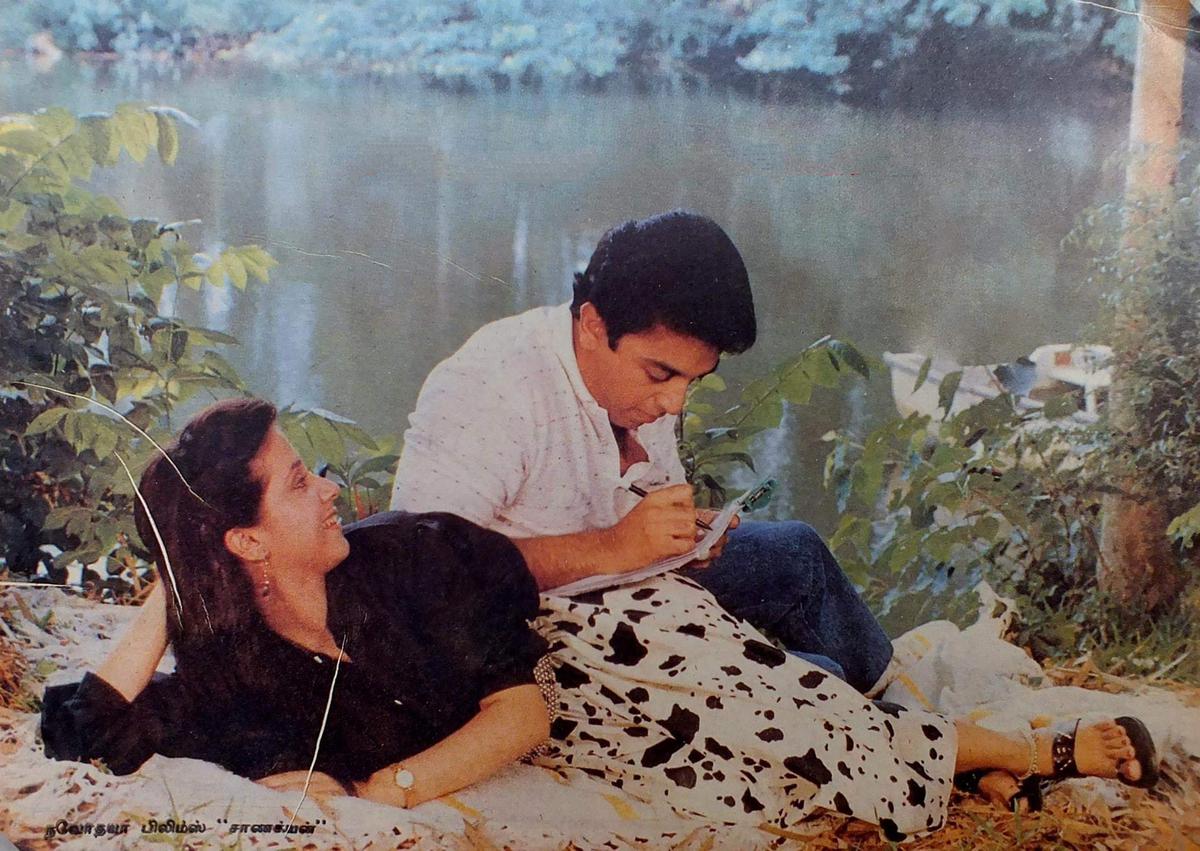
A still from ‘Chanakyan’
| Photo Credit:
Special Arrangement
The story of how Gunaa came to fruition calls for a film on its own. When Kamal was 19, he was not satisfied with the monotonous work he was getting in Tamil films and that’s when his mentor figure Ananthu (remember this name) asked him to give Malayalam cinema a shot, an endeavour that garnered him huge success apart from rejuvenating his thirst for the craft. His last film as the lead in Malayalam was Chanakyan (1989) helmed by National Award-winning filmmaker TK Rajeev Kumar in his directorial debut. It also marked the debut of writer Sab John and his first collaboration with Kamal.
The following year, the duo, along with director Sibi Malayil and cinematographer Venu, decided to team up for a film on insurgency in Sri Lanka, an idea that was shot down by veteran Cho Ramaswamy citing the feathers it might ruffle. Sab John found another plot from his childhood, which was about this man who would be seen frequently in his neighbourhood and was called by everyone ‘Pottan’ (a derogatory term for a person intellectually slow to learn and follow). Kamal, intrigued by the idea, gave his nod. Malayil was not available by the time the film took shape and Kamal’s longtime friend and filmmaker Santhana Bharathi (who in 1987 made the Sathyaraj-starrer Kadamai Kanniyam Kattupaadu which Kamal produced) took over the direction reins. When the team started with recce works near the Berijam Lake, Kodaikanal, they spotted a milestone for the national park named Mathikettan Solai (the forest of the lost minds) and Sab John recommended that as the title. But because of the negative connotation, the makers went with the name of its primary lead; and thus, Gunaa was born!

A still from ‘Gunaa’
Gunaa, condensed into a one-liner, is the story of a newly released psychiatric patient who kidnaps a heiress, believing it’s their destiny to get married. The plot might sound similar to the Spanish film Tie Me Up! Tie Me Down! by auteur Pedro Almodóvar that came out just a year before,but John had earlier clarified Gunaa had nothing to do with it; the layers John, Kamal and Bharathi add to Gunaa would prove that. For starters, the initial portions of Gunaa are set in Andhra Pradesh and the very first shot introduces us to Gunaa standing atop a building in the pose of Nataraja as the camera moves along showing how he’s the only man in a brothel managed by his god-fearing mother. As the story progresses, we learn that his uncle, unaware of his mental health issues, used to tie him up to a Gunaseelan temple from which he escaped, sought medical care and was diagnosed with Obsessional psychoneurosis.

In a fantastic 150-second arc shot that has become synonymous with the film, Gunaa explains how he’s waiting for his ‘Abirami’ with whom he wants to escape from this god-forsaken world. His abandoning father became a villain he never knew and the repercussions that led his mother to take up sex work are all “impurities” for him. He wants to settle down with Abirami atop a cold “Pentothal hill,” far from this ugly world that’s cold enough to lie that his mother has died to get him out of hospital.
Immediately, we cut to a montage song in which the film’s composer Ilaiyaraaja lends his voice to the ‘Appan Endrum’ track and Vaali pushes home the point of Gunaa’s need to purification with lines like ‘kuppai aga vandha udambu’ and ‘endha Gangai aatril indha azhukku pogum’. The ‘Unnai Naan’ track deserves a special mention for how, visually, we get to see both Gunaa’s mother and Rosy, the only two souls that care for our titular hero, take turns pacifying him. Just like Chanakyan, John’s Gunaa is also about a love story that does not end on a positive note, and Rosy’s unrequited love towards Gunaa is also an underlying motif that’s carried throughout the film.
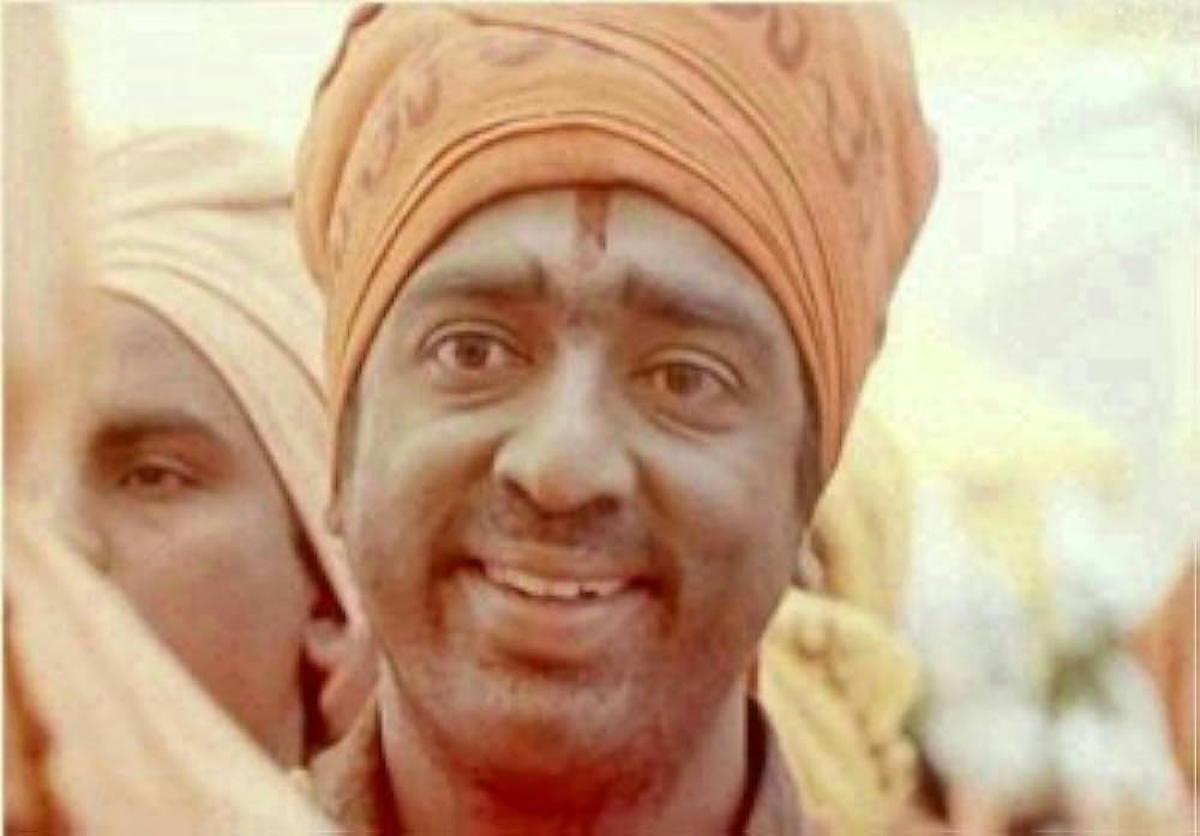
A still from ‘Paartha Vizhi’ song from ‘Gunaa’
| Photo Credit:
Special Arrangement
Gunaa finds his Abirami when another fantastic track, ‘Paartha Vizhi,’ plays; the song is from Abhirami Pattar’s ‘Abhirami Anthadhi’, a Tamil collection of poems sung on goddess Abirami, and in the film’s context, the lyrics coincide with Gunaa finding the almighty in Rohini (Roshini) who he believes to be Abirami. The song is also when Gunaa goes into a dream sequence featuring the lead pair dancing together dressed as gods. In fact, Gunaa is laced with many such religious references from both Hinduism and Christianity — The heist sequence in which Gunaa inadvertently stabs a thief with a trident, the church sequence, and Abirami, dressed in white, compared to that of an angel are some examples with a personal favourite being the shot where blood from Gunaa’s injured hand unwittingly lands on Rohini’s forehead resembling smeared vermillion.

Probably as an extension of Kamal’s beliefs, nature takes over as the almighty once the film shifts to the third act, featuring the intimate moments between Gunaa and Rohini where the latter embodies the Abirami persona. It’s a whole new world where the hills of Kodaikanal turn into their version of Mount Kailash; for us, it’s where a schizophrenic person and a Stockholm syndrome victim find peace and love. The Devil’s Kitchen — that Subash and his friends dreaded in Manjummel Boys — turns into a comforting home for the couple. The writing also makes sure there is a breadcrumb trail to showcase how Gunaa has been one with the nature around him. In an earlier sequence, we see him talking to a cow and when asked for the reason by his uncle, he retorts with “manushangaluku en thukkam puriyathu” (humans won’t understand my grief). There’s also a pair of sparrows nesting in the church which acts as a metaphor for the lead pair and one of the sparrows getting killed by a gunshot is a prophesy of how Rohini meets her end.
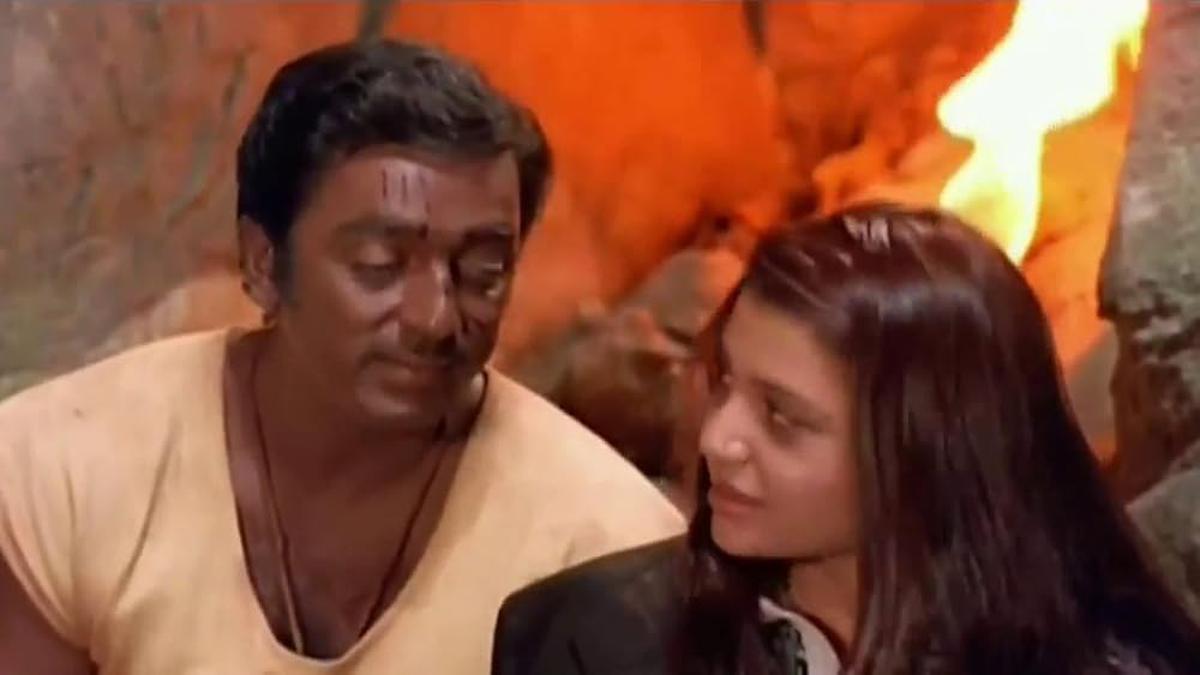
A still from ‘Kanmani Anbodu’ song from ‘Gunaa’
| Photo Credit:
Special Arrangement
Gunaa, unsurprisingly, started a sub-genre of films that paved the way for titles like Kaadhal Kondein (2003) and Kadhalil Vizhunthen (2008). Apart from influencing an era of filmmakers who would often cite it as the film that got them into movie-making, Gunaa is also one of those rare films that made real-world differences; the Devil’s Kitchen turned into a touring spot, with its name changed to Guna Caves. Gunaa was also an addition to Kamal’s list of films that dealt with mental health issues, like Sigappu Rojakkal, Moondram Pirai and Aalavandhan. Kamal and Bharathi would even go on to team up for Mahanadhi, which, like Gunaa, also sheds light on the plight of sex workers.

Gunaa might not have gotten an astounding financial success when it was released. Nothing had prepared the audience for a film like it; Bharathi’s previous films — as a solo director and as a co-director with P Vasu — were mostly romance dramas or cop flicks. An actor who didn’t stick to the norms of a traditional “hero”, Gunaa was similar to what he had previously done in films like 16 Vayathinile and Kalyanaraman, and the hard-hitting film came sandwiched between comedy capers like Michael Madana Kama Rajan and Singaravelan. The fact that the film was released alongside titles like Bramma, Rudhra and of course, Rajinikanth-Mani Ratnam’s Thalapathy, didn’t help it either.
Nevertheless, Gunaa turned out to be a cult classic over the years. The nifty touches, references, and treatments of its lovely songs make it one of the best films from the Tamil film industry. Speaking of nifty touches, remember Ananthu who I had earlier mentioned about? He plays a cameo as Gunaa’s roommate at the hospital who inculcates the concept of Abirami within Gunaa, just like how Ananthu mentored Kamal Haasan.
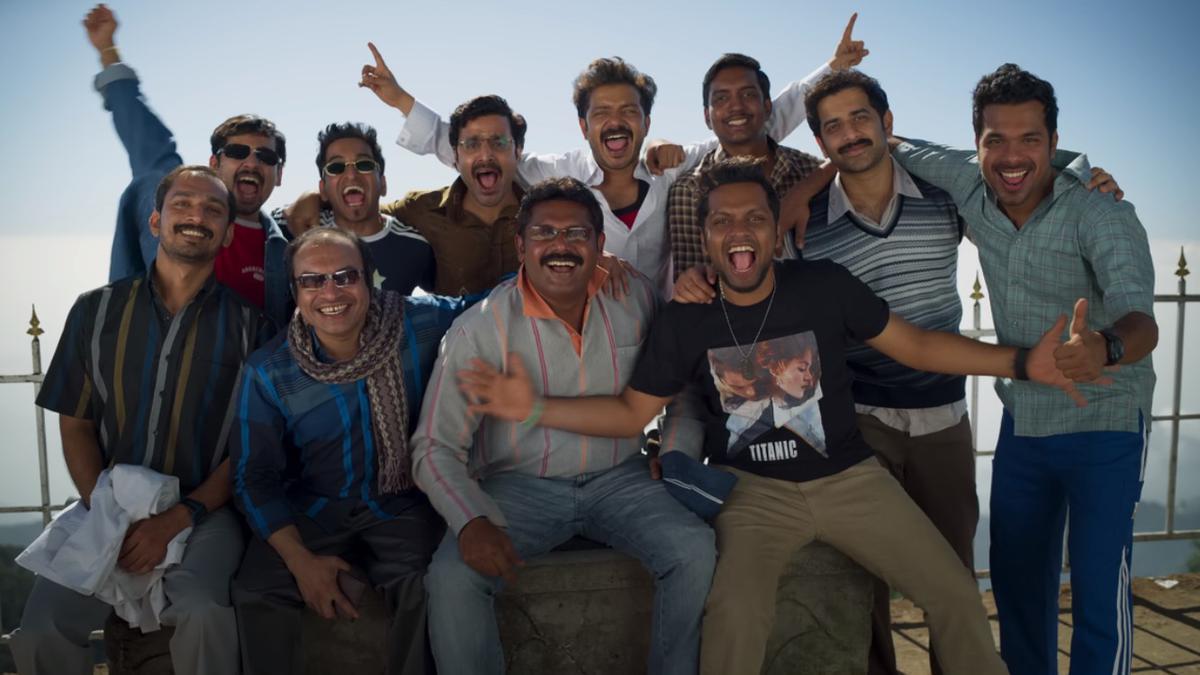
A still from ‘Manjummel Boys’
| Photo Credit:
Special Arrangement
The Malayalam film industry has referenced Gunaa and the ‘Kanmani Anbodu’ track in many of its films like Premam but Manjummel Boys takes this a step ahead and turns it into a tribute to the film. Even the plot of it, which’s got a bunch of friends paying no heed to the warnings and signs, feels like a reference to the meaning of Mathikettan Solai which has its own share of urban legends. At the core, both the films deal with the affection and the attachment between the lead characters, though it’s love for Gunaa and friendship between the boys in the new film. Nevertheless, Manjummel Boyscertainly feels like a love letter to Gunaa complete with the ‘Kanmani anbodu kaadhalan naan ezhuthum kadithamae’ line. It’s undoubtedly a wonderful homage to Gunaa, a brilliant film made by some of the best talents in the country whose love for this craft of filmmaking had no bounds. Could we fathom it? Probably we will never get it. Probably they meant it when they went “Manidhar unarndhu kolla idhu manitha kaadhal ala, adhayum thaandi punidhamanathu!”

